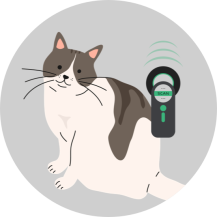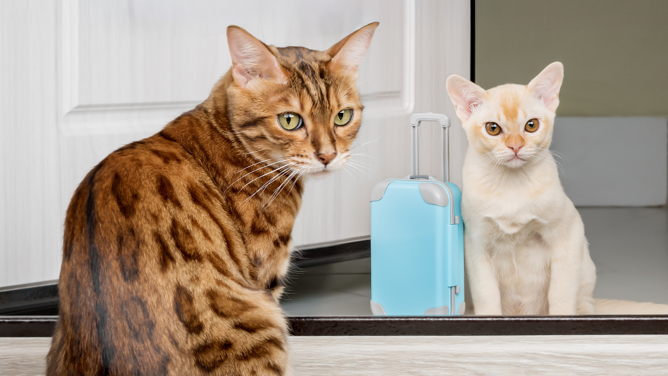“The cat distribution system.” Ever heard of it? It’s what people on the internet are calling the unexpected ways cats come into our lives. Cats really do have a way of finding humans, don’t they? Perhaps you recently found an abandoned kitten in your backyard, acquired a cat from a family member who passed away, or took in a stray that kept pawing at your back door.
While some people dream of having a cat “distributed” to them, not everyone can take responsibility for another pet. Maybe someone in your household is allergic. Maybe you can’t have pets at your apartment. Maybe your current pets aren’t taking kindly to a newcomer. If you have a cat that you can’t keep, but you want to do the right thing, you’re in the right place.


